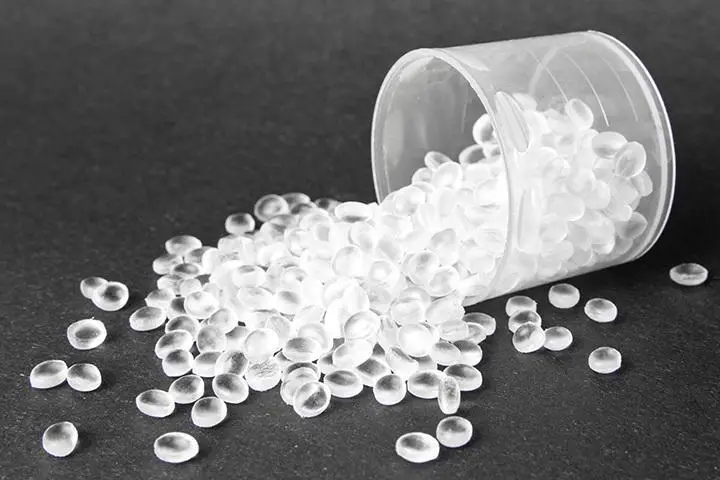Chlorinated Polyethylene
Chlorinated polyethylene thermoplastic resin is widely used in PVC extrusion and injection molding products, including profiles, pipes, sheets and fittings. CPE impact modifiers contain around 35% of chlorine and are thermoplastic in nature. With a similar melting point to PVC, they initially form a network structure which changes to a particulate structure on processing. They also have good processability and excellent weathering performance; consequently, they are also used for window profiles. Some of the salient features of CPE:
1. CPE acts as a coupling agent between fillers and PVC particles. This allows high filler loading without sacrificing physical or optical properties. However, CaCO3 is hardly added to C-PVC, hence this advantage is denied.
2. CPE increases die swell that necessitates modification of tools; otherwise it result in more stretching and in turn more reversion.
3. To achieve same impact strength, higher dosages of CPE are required than AAM. This increases die swell too.
4. CPE has some linear polyethylene segments that act as a lubricant. This necessitates reduction of external lubricants leading to reduction in plate out.
5. CPE having Tg of (-) 16 deg C, reduces Tg of C-PVC pipe while AAM does not reduce Tg.
6. CPE compound runs at lower temperature than acrylics. This also reduces the thermal load.
7. Since CPE contains chlorine, its use in C-PVC adds up to more chlorine, resulting in reduction in thermal stability.

